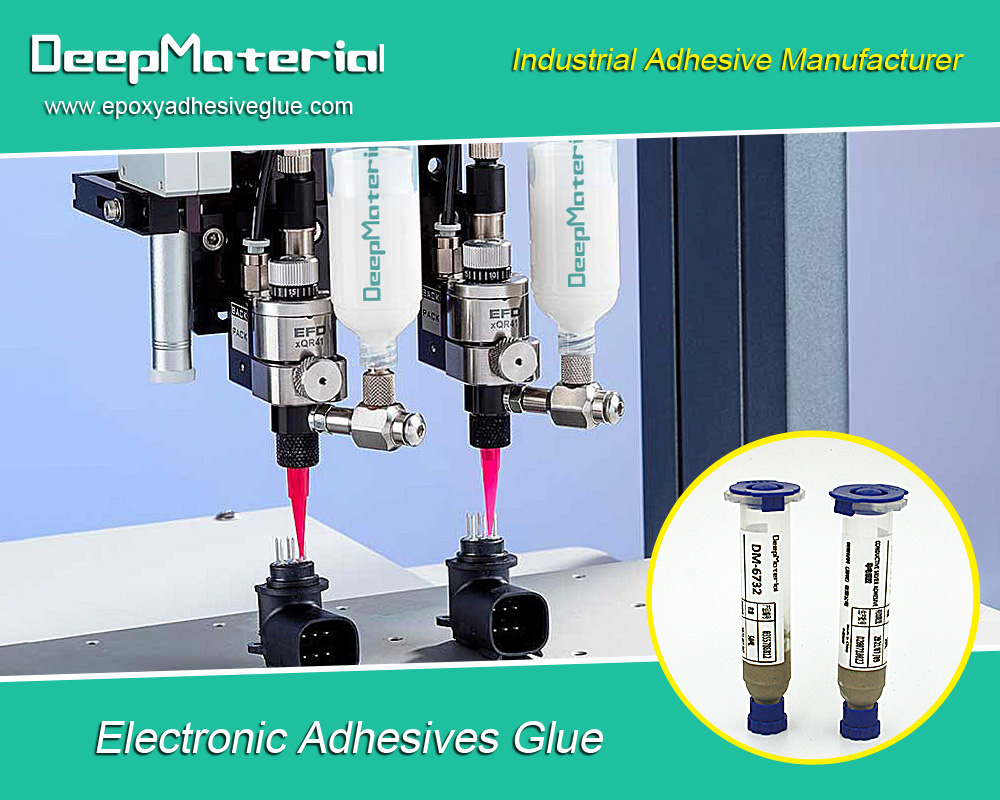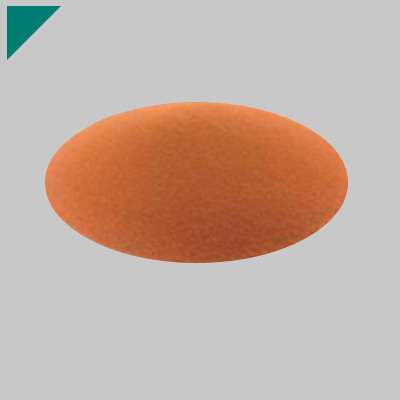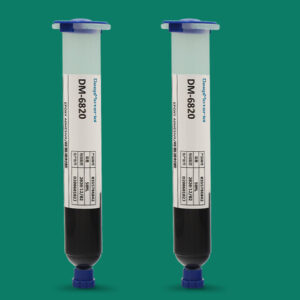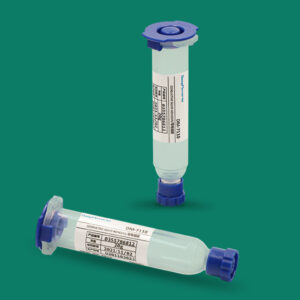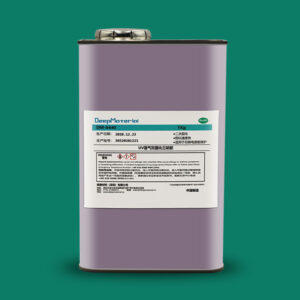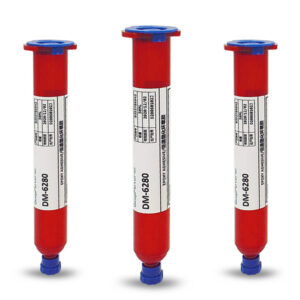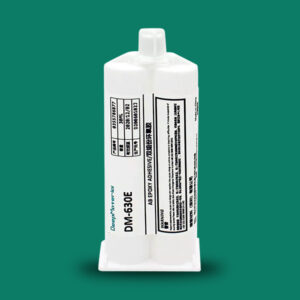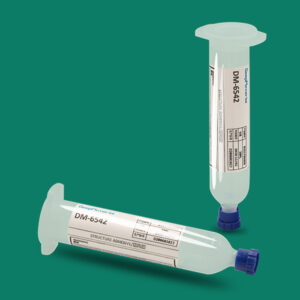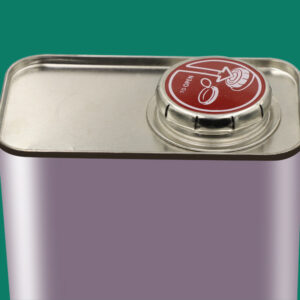Flame – Retardant Materials for 3D Printing: How to Balance Printability, Interlayer Adhesion and Flame – Retardant Rating
Flame – Retardant Materials for 3D Printing: How to Balance Printability, Interlayer Adhesion and Flame – Retardant Rating
3D printing technology has witnessed rapid development in recent years and has been widely applied in numerous fields such as aerospace, automotive, and electronics. With the continuous expansion of application scenarios, the performance requirements for 3D printing materials have become increasingly stringent. Among them, flame – retardant performance has become an indispensable key indicator in many application scenarios, such as electronic device casings and aircraft interiors, which have strict standards for material fire safety performance. However, while pursuing flame – retardant performance, how to ensure that materials have good printability and excellent interlayer adhesion has become a major challenge faced by material researchers. Printability directly affects the smoothness of the printing process and printing efficiency, while interlayer adhesion is related to the mechanical properties and structural integrity of printed products.

Overview of 3D Printing Technology Principles and Material Characteristics
Principles of 3D Printing Technology
3D printing, namely additive manufacturing, is a technology that constructs three – dimensional objects by stacking materials layer by layer based on digital models. Common 3D printing technologies include Fused Deposition Modeling (FDM), Stereolithography (SLA), Selective Laser Sintering (SLS), etc. Take the FDM technology as an example. Its working process is to heat and melt the filamentous material, extrude it through a nozzle, and stack it layer by layer according to a preset path to finally form a three – dimensional entity. This technical principle determines that the material needs to have good fluidity so that it can be smoothly extruded after heating. At the same time, it is required that the layers can be closely bonded during the cooling and solidification process to ensure the strength of the product.
Performance Requirements for 3D Printing Materials
Ideal 3D printing materials need to have many excellent properties. In addition to the above – mentioned printability and interlayer adhesion, they also need to have appropriate mechanical properties, dimensional stability, chemical stability, etc. For flame – retardant materials, the flame – retardant rating must meet corresponding standards, such as UL94 V – 0, V – 1, etc. Different application scenarios have different emphasis on these properties. For example, in the aerospace field, materials are not only required to have extremely high flame – retardant ratings but also have strict requirements for lightweight, high strength, and resistance to extreme environments. In the field of electronic consumer products, more attention is paid to the appearance quality, cost, and compatibility with electronic components of materials.
Factors Affecting Printability and Solutions
Influence of Material Characteristics on Fluidity
- Molecular Structure and Molecular Weight: The molecular structure and molecular weight of materials directly determine their fluidity. Generally, materials with linear molecular structures have better fluidity than those with branched or cross – linked structures. Take the common 3D printing materials polylactic acid (PLA) and acrylonitrile – butadiene – styrene copolymer (ABS) as examples. The PLA molecular chain is relatively regular, and the molecular weight distribution is narrow, showing good fluidity in the molten state. Due to the presence of a butadiene rubber phase in the molecular chain, ABS has a relatively complex molecular structure and relatively poor fluidity. To improve the fluidity of ABS, its molecular structure can be adjusted, such as controlling the content and distribution of the rubber phase through a specific polymerization process, or adding fluidity improvers.
- Role of Additives: In flame – retardant materials, the type and dosage of additives have a significant impact on fluidity. For example, the addition of lubricants can reduce the friction between molecules, thereby improving the fluidity of materials. Common lubricants include stearic acid and its salts, paraffin, etc. However, when adding flame retardants, the situation becomes complicated. Many flame retardants, such as some inorganic flame retardants, will increase the melt viscosity of materials and reduce fluidity due to their large particle size and poor compatibility with the matrix material. To solve this problem, the flame retardants can be surface – treated. For example, coupling agents can be used to modify the surface of inorganic flame retardants, making their surface energy similar to that of the matrix material, thereby improving their dispersibility in the matrix and reducing the negative impact on fluidity.
Influence and Optimization of Printing Process Parameters on Fluidity
- Temperature: The printing temperature is a key process parameter affecting fluidity. Increasing the temperature can reduce the melt viscosity of the material and enhance its fluidity. However, too high a temperature may cause material decomposition and oxidation, affecting the performance of the product. For different flame – retardant materials, their optimal printing temperature range needs to be determined through experiments. For example, for halogen – containing flame – retardant PA66 materials, the optimal printing temperature may be between 260 – 280℃. Within this temperature range, it can not only ensure that the fluidity of the material meets the printing requirements but also avoid the decomposition of flame retardants and the deterioration of material performance.
- Printing Speed: There is a mutual restriction between the printing speed and fluidity. When the printing speed is too fast, the material isflow, prone to problems such as nozzle clogging and discontinuous lines. When the printing speed is too slow, it will affect the printing efficiency. Therefore, it is necessary to reasonably adjust the printing speed according to the fluidity of the material and the performance of the printing equipment. Generally, for flame – retardant materials with poor fluidity, the printing speed can be appropriately reduced to ensure that the material can be uniformly extruded and formed.
Methods and Strategies for Improving Interlayer Adhesion
Material Selection and Formula Optimization
- Application of Compatibilizers: In the flame – retardant material system of a multi – phase system, the compatibility between different phases is crucial for interlayer adhesion. For example, in the composite system of PLA and flame retardants, since PLA is a polar polymer and some inorganic flame retardants are non – polar, their compatibility is poor, resulting in insufficient interlayer adhesion. At this time, compatibilizers can be added to improve the interfacial compatibility. For example, maleic anhydride grafted polymers (such as maleic anhydride grafted polypropylene, MAH – PP), one end of the maleic anhydride group can react with the active sites on the surface of inorganic flame retardants, and the other end of the polypropylene chain segment has good compatibility with the PLA matrix, thereby enhancing the interfacial binding force and improving the interlayer bonding strength.
- Role of Toughening Agents: Adding toughening agents can not only improve the toughness of materials but also enhance interlayer adhesion to a certain extent. Take rubber – based toughening agents as an example. They form a dispersed phase in the material. When the material is subjected to external forces, the rubber particles can initiate silver streaks and shear bands to absorb energy. At the same time, these rubber particles can also play a bridging role to enhance the interaction between layers. Adding nitrile butadiene rubber (NBR) as a toughening agent in flame – retardant ABS materials can significantly improve the interlayer adhesion of materials, making it difficult for printed products to undergo interlayer peeling when subjected to impact.
Influence and Control of Printing Process on Interlayer Adhesion
- Layer Thickness Control: The layer thickness is one of the important factors affecting interlayer adhesion. A thinner layer thickness can increase the contact area between layers, thereby improving interlayer adhesion, but it will increase the printing time and cost. A too large layer thickness will weaken the interlayer adhesion and reduce the mechanical properties of the product. Generally, for flame – retardant products with high requirements for mechanical properties, a smaller layer thickness should be selected, such as 0.1 – 0.2mm. For some products with low requirements for appearance and simple structure, the layer thickness can be appropriately increased to improve the printing efficiency.
- Printing Path and Overlap Rate: A reasonable printing path and appropriate overlap rate can effectively improve interlayer adhesion. The design of the printing path should avoid sharp corners and discontinuous lines to ensure the uniform distribution and good fusion of the material during the extrusion process. The overlap rate refers to the overlap degree between adjacent extruded lines, and generally, the overlap rate is recommended to be between 10% – 20%. By adjusting the overlap rate, the interlayer bonding effect can be optimized, and the strength and surface quality of the product can be improved.
Realization and Improvement of Flame – Retardant Rating
Types of Flame Retardants and Their Action Mechanisms
- Halogen – based Flame Retardants: Halogen – based flame retardants are a class of widely used flame retardants, and their main action mechanism is that halogen atoms (such as bromine and chlorine) are released during the combustion process and react with free radicals in the flame to inhibit the combustion reaction. For example, decabromodiphenyl ether (DBDPO) decomposes to produce bromine free radicals at high temperatures. The bromine free radicals combine with hydrogen free radicals and oxygen free radicals in the flame to generate stable hydrogen halides, thereby interrupting the chain reaction of combustion. However, halogen – based flame retardants will produce toxic and harmful gases when burned, causing harm to the environment and human health, so their use is limited to a certain extent.
- Phosphorus – based Flame Retardants: The action mechanism of phosphorus – based flame retardants is relatively complex, mainly including gas – phase flame retardancy and condensed – phase flame retardancy. In the gas phase, the phosphoric acid, metaphosphoric acid, etc. decomposed by phosphorus – based flame retardants can promote the dehydration and carbonization of combustibles to form a carbon layer with heat – insulation and oxygen – insulation effects, thereby preventing the spread of combustion. In the condensed phase, the free radicals decomposed by phosphorus – based flame retardants can capture the active free radicals in the flame to inhibit the combustion reaction. Common phosphorus – based flame retardants include phosphate esters, phosphonate esters, etc., such as tricresyl phosphate (TCP), resorcinol bis(diphenyl phosphate) (RDP), etc.
- Inorganic Flame Retardants: Inorganic flame retardants such as aluminum hydroxide (ATH) and magnesium hydroxide (MDH), their flame – retardant effect is mainly based on the heat absorption during heating decomposition and the water vapor generated by decomposition to dilute the concentration of combustible gases and oxygen. Take ATH as an example. It decomposes at 200 – 300℃, absorbs a large amount of heat, and at the same time generates water vapor, reducing the temperature and oxygen concentration in the combustion area, thereby achieving the flame – retardant purpose. Inorganic flame retardants have the advantages of non – toxicity, smokelessness, and environmental protection, but due to their large addition amount, they will have a great impact on the mechanical properties and processing properties of materials.
Construction of Synergistic Flame – Retardant Systems
In order to improve the flame – retardant rating and at the same time minimize the negative impact of flame retardants on other properties of materials, synergistic flame – retardant systems are often used. Synergistic flame retardancy refers to the compound use of two or more flame retardants with different action mechanisms. Through their mutual interaction, a synergistic effect is produced, thereby improving the flame – retardant efficiency and reducing the total addition amount of flame retardants. For example, the compounding of phosphorus – based flame retardants and nitrogen – based flame retardants. Phosphorus – based flame retardants play a role in the condensed phase to promote carbonization, and nitrogen – based flame retardants generate non – flammable gases in the gas phase to dilute the concentration of combustible gases. The two work synergistically, and good flame – retardant effects can be achieved at a lower addition amount. Another example is that in some high – performance flame – retardant materials, inorganic flame retardants are compounded with organic flame retardants. Using the environmental protection characteristics of inorganic flame retardants and the high – efficiency flame – retardant characteristics of organic flame retardants to achieve complementary advantages and improve the comprehensive performance of materials.
Challenges and Countermeasures for Balancing Comprehensive Performance
In the actual research and development and production of flame – retardant materials for 3D printing, it is not easy to simultaneously balance printability, interlayer adhesion, and flame – retardant rating, and many challenges are often faced. For example, improving the flame – retardant rating may require increasing the amount of flame retardants, but this will lead to an increase in the melt viscosity of the material, poor fluidity, and may also affect the interlayer adhesion. Measures to improve fluidity, such as increasing temperature or adding lubricants, may have an adverse impact on flame – retardant performance and interlayer adhesion.
To address these challenges, systematic solutions are needed. First, in the material formula design stage, through a large number of experiments and theoretical calculations, the types and proportions of various components such as flame retardants, additives, and matrix materials are optimized to find the best performance balance point. Secondly, combined with advanced material preparation technologies such as nanotechnology and micro – encapsulation technology, flame retardants and additives are modified and treated to improve their dispersibility and compatibility in the matrix and reduce the negative impact on other properties of the material. In addition, using multi – physical – field coupling simulation technology, in – depth research is carried out on the optimization of printing process parameters to predict the flow, solidification, and performance changes of materials under different process parameters, providing a scientific basis for actual printing.
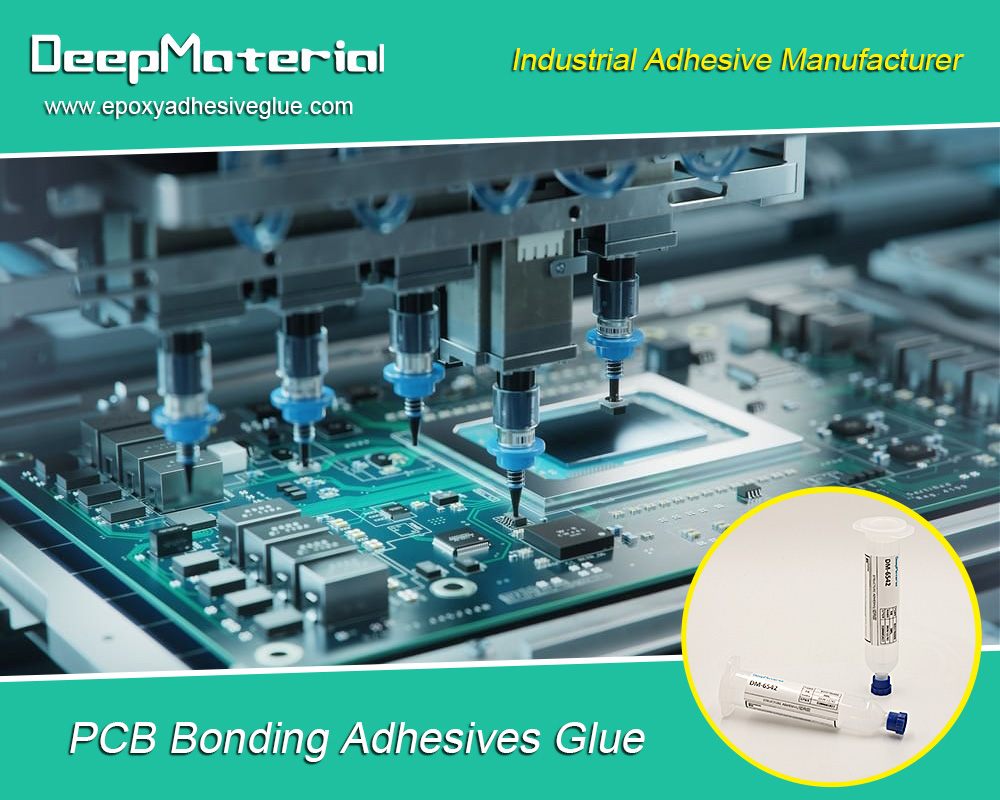
Conclusion
The research and development of flame – retardant materials for 3D printing is a complex and systematic project, which requires a delicate balance among printability, interlayer adhesion, and flame – retardant rating. By deeply understanding the material characteristics, printing process, and action mechanism of flame retardants, and adopting reasonable material selection, formula optimization, process control, and synergistic flame – retardant strategies, the comprehensive performance of flame – retardant materials can be effectively improved to meet the growing needs of different fields for 3D printed products. With the continuous development of material science and 3D printing technology, it is expected to develop more high – performance and multifunctional flame – retardant materials in the future, further expanding the application scope of 3D printing technology and promoting the innovative development of related industries.
For more about choosing the flame – retardant materials for 3D printing: how to balance printability, interlayer adhesion and flame – retardant rating, you can pay a visit to DeepMaterial at https://www.epoxyadhesiveglue.com/category/epoxy-adhesives-glue/ for more info.


